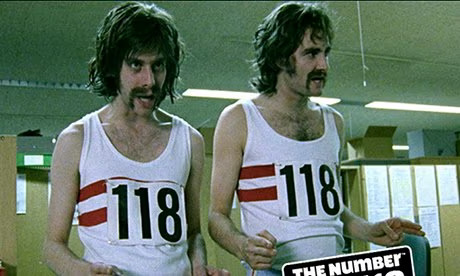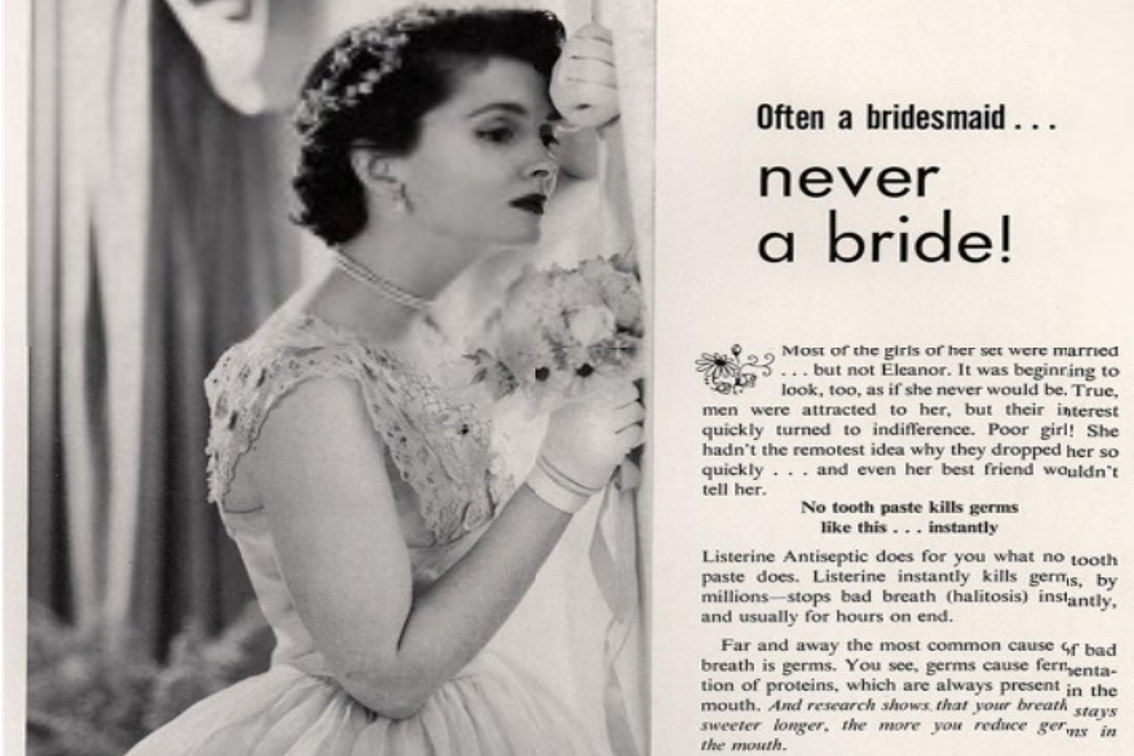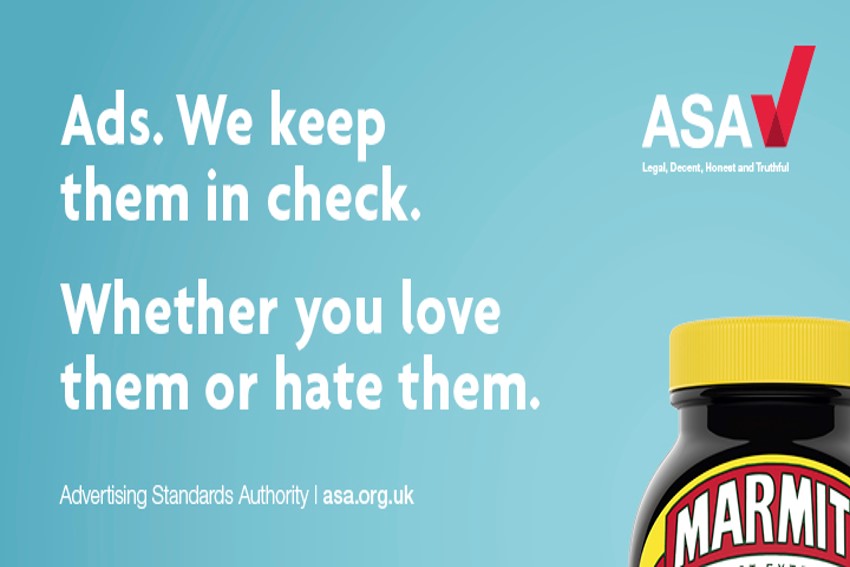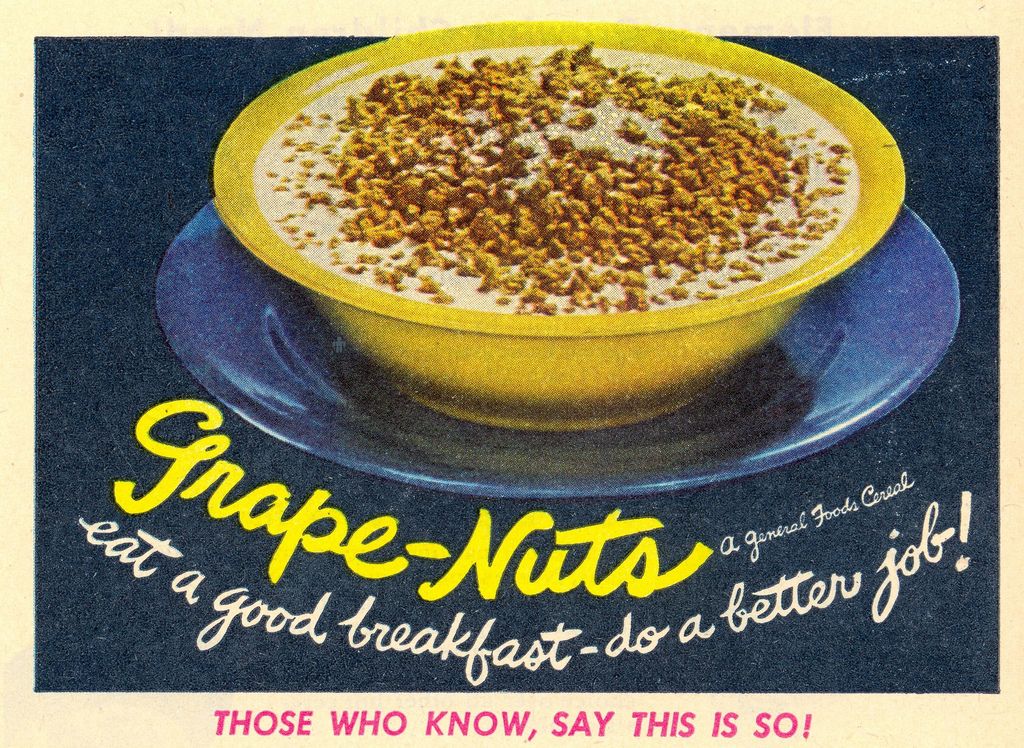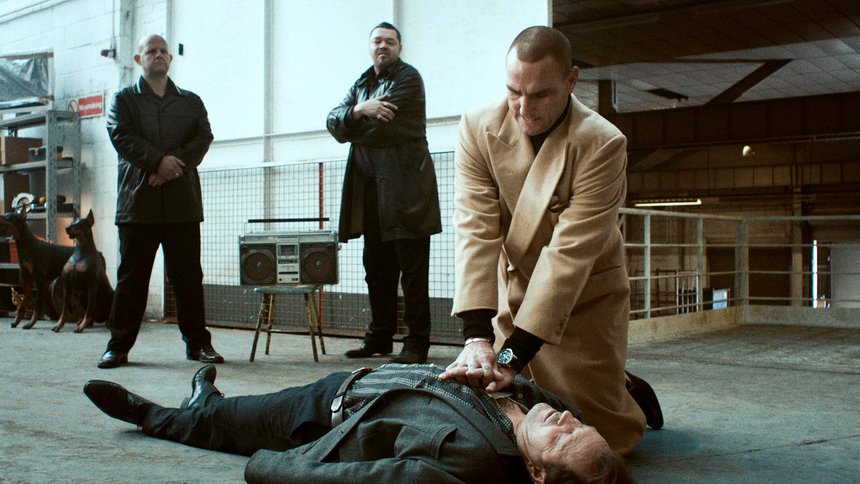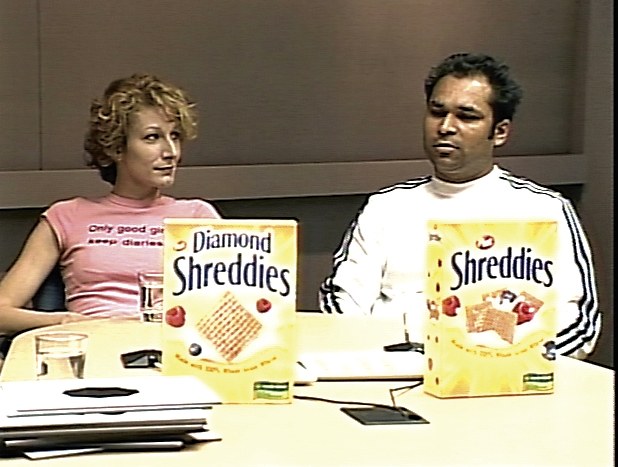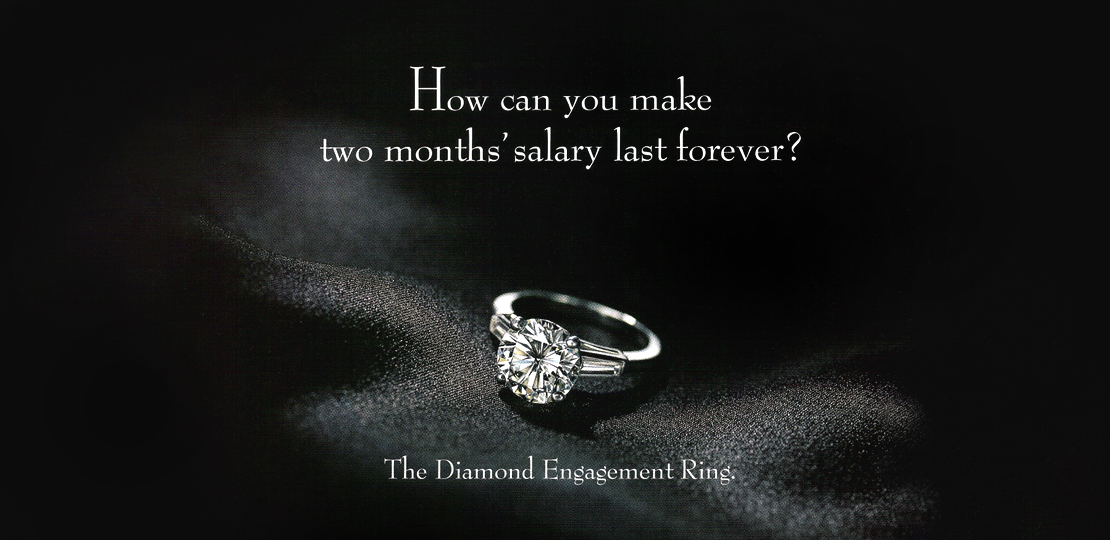Advertising
This came from a 1925 Listerine ad campaign, claiming that clean teeth were the key to finding a partner.
It’s a staple of British advertising and a perfect illustration of the product’s softness. Well not quite. The original idea in 1972 was for a young girl to run through a house trailing a roll of Andrex. But TV regulators didn’t approve this as they felt it encouraged children to be wasteful. So Andrex decided to use a Labrador puppy instead.
Rather than defining and targeting the small group of consumers most likely to buy the brand – the standard approach for online ad campaigns – Audi defined those who rejected the brand and targeted everyone else. This meant they were going after a much broader audience, all of whom had at least some propensity to buy the brand. The impact was stark: a significant improvement in campaign conversions, and a compelling case for using data to avoid the worst, rather than find the best.
Autoglass repair, Autoglass replace.
In 1944, a marketing campaign for Grape Nuts would be unleashed called “Eat a Good Breakfast — Do a Better Job”. Radio ads used to say: “nutrition experts say breakfast is the most important meal of the day.” This marketing phrase became soaked into our lexicon ever since.
It is one of the most iconic ads of the 21st century. Yet the ‘Trucks’ sequel failed to engage audiences, despite sharing exactly the same idea of “rediscovering joy.” Inanimate objects simply don’t resonate as much as (seemingly) real animals.
Bang and the dirt is gone.
How do you teach CPR at scale? Use a well known song. The British Heart Foundation launched a campaign starring hard man Vinnie Jones, showing how simple ‘hand-only CPR’ can be, to the iconic track ‘Stayin’ Alive’, which is the correct tempo to perform chest compressions.
In 1988, the US health department coined ‘Designated Driver’ as part of a campaign to prevent alcohol-related traffic fatalities. The campaign broke new ground when TV writers agreed to insert references to designated drivers into scripts of top-rated television programs, such as Cheers, Dallas, and L.A. Law.
How do you make a 60 year old cereal exciting again? Rotate it. As part of a 2008 campaign, Shreddies turned their cereal 45 degrees, called them ‘Diamond Shreddies’, then filmed focus groups of people saying the ‘new’ product not only looked better but tasted better too.
De Beers has single handedly transformed our notion of engagement rings. On the eve of World War Two, a mere 10% of engagement rings contained diamonds. After the brand’s ‘A Diamond is Forever’ campaign, that figure was 80%. What’s more, the campaign imprinted the idea that a man should spend two month’s salary on the ring.
The campaign was praised for shattering beauty stereotypes in advertising, and contributed to a doubling in sales. Yet its core insight is remarkably similar to the one in a Body Shop campaign that ran seven years earlier: “there are 3 billion women who don’t look like supermodels and only 8 who do.”

